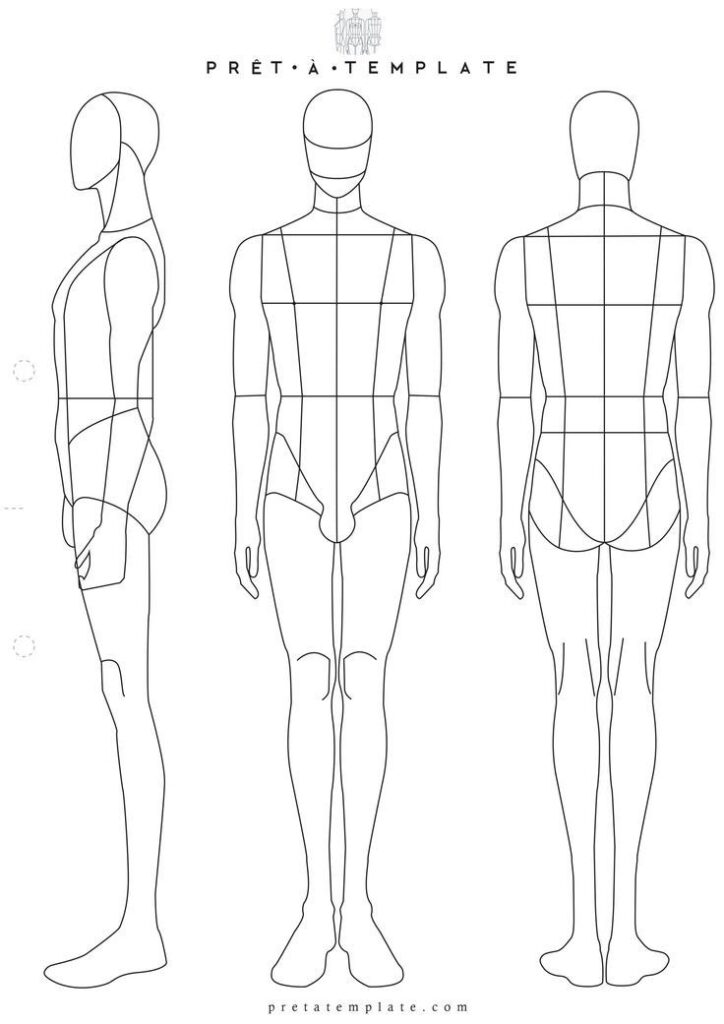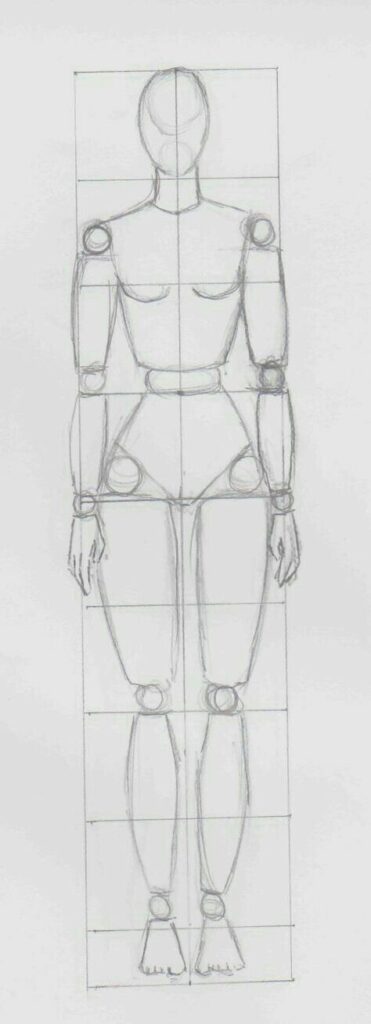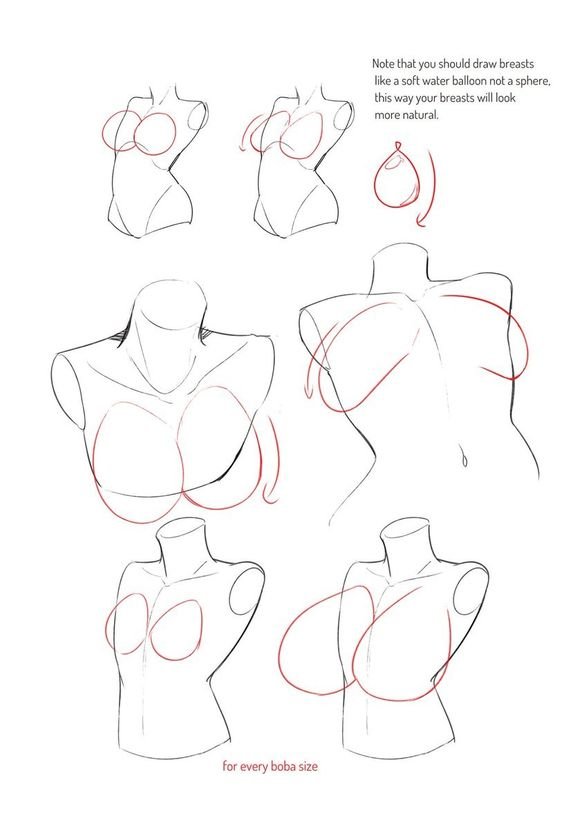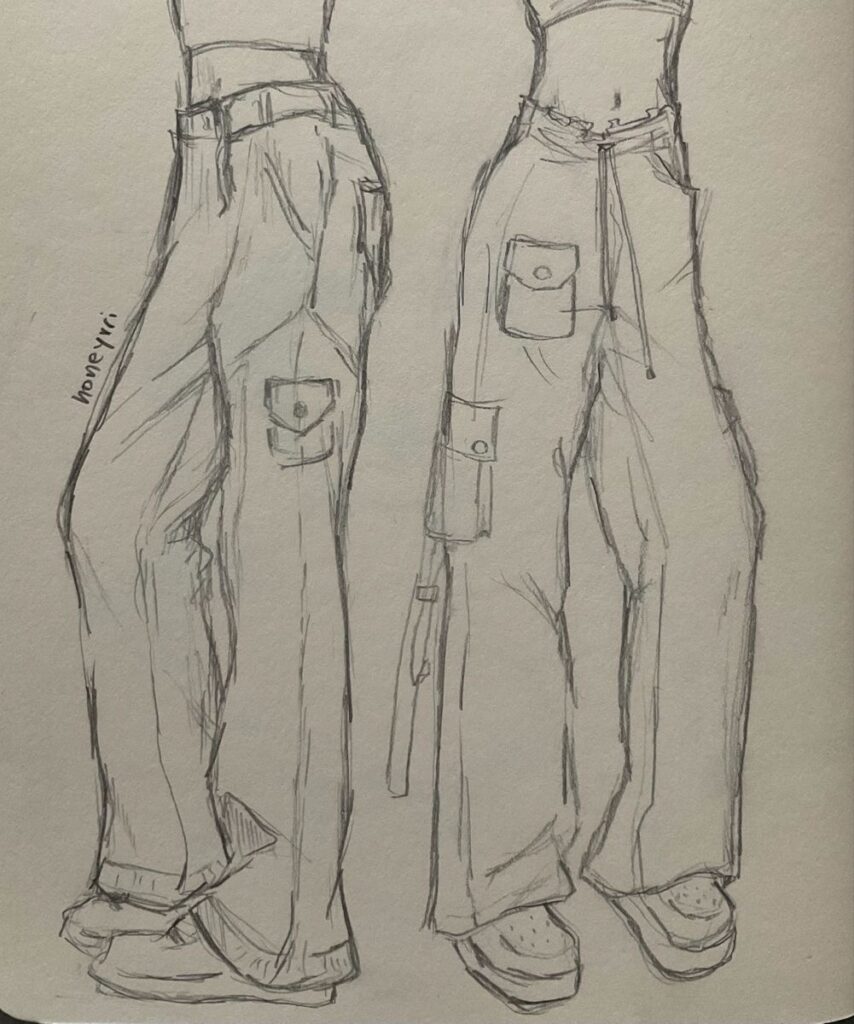Body sketches are a fundamental aspect of drawing and a crucial skill for artists to master. Whether you’re a beginner or an experienced artist, body sketches are an essential part of your artistic toolkit. In this article, we’ll explore the world of body sketches, including what they are, how to create them, and techniques for improving your skills.


Key Takeaways
- Body sketches are simplified drawings of the human form that capture the basic shapes and proportions of the body.
- Anyone can improve their body sketching skills with practice and by focusing on the fundamentals.
- By mastering body sketching techniques, artists can create accurate and expressive drawings of the human form.
Understanding Body Sketching


Understanding Body Sketching is the first step to creating compelling and accurate sketches. Body sketches are simplified drawings of the human form that capture the basic shapes and proportions of the body. They can be used to create a foundation for more detailed drawings or as standalone pieces. Body sketches are not meant to be perfect representations of the human form but rather a simplified version that captures the essence of the subject.
Getting Started with Body Sketches can be intimidating, but with practice, anyone can improve their skills. The key is to start with basic shapes and gradually add more detail as you become more comfortable. It’s important to remember that body sketches are a process, and it’s okay to make mistakes. By focusing on the fundamentals and practicing regularly, you can develop your skills and create sketches that are both accurate and expressive.
The Basics of Human Anatomy
To create a successful body sketch, an artist must have a basic understanding of human anatomy. This includes knowledge of the skeletal system, muscles, and other structures of the body. Understanding these structures is essential for creating realistic and accurate depictions of the human form.


An artist must also be familiar with the different body types and shapes. This includes knowledge of the differences between male and female bodies, as well as differences in body shape based on age, weight, and other factors.
Importance of Proportions
Proportions are critical in body sketching. An artist must understand the relationship between different parts of the body and how they relate to each other. This includes the proportions of the head, torso, arms, and legs.


When sketching the human body, an artist must also pay attention to the proportions of different body parts in relation to the whole. For example, the length of the arms should be proportional to the length of the torso. The size of the head should be proportional to the size of the body.


In conclusion, body sketching requires a solid understanding of human anatomy and proportions. By mastering these skills, an artist can create realistic and accurate depictions of the human form.
Getting Started with Body Sketches

Body sketches are an essential part of learning how to draw the human figure. Whether you are an aspiring artist or just looking to improve your drawing skills, body sketches can help you understand the proportions and anatomy of the human body. In this section, we will cover some basic techniques for getting started with body sketches.
Using Simple Shapes
One of the easiest ways to start a body sketch is by using simple shapes. By breaking down the body into basic shapes like circles, ovals, and rectangles, you can quickly establish the overall proportions and structure of the figure. For example, you can use a circle for the head, ovals for the torso and limbs, and rectangles for hands and feet.


Setting Up Guidelines
Guidelines are another essential part of body sketches. They help you establish the correct proportions and angles of the figure before you start adding details. You can use simple lines to indicate the position of the head, shoulders, hips, and knees. By using guidelines, you can ensure that your body sketches are accurate and proportional.


To set up guidelines, start by drawing a vertical line to indicate the center of the body. Then, draw a horizontal line to indicate the position of the shoulders. From there, you can add lines to indicate the position of the hips and knees. Once you have established the basic guidelines, you can start adding the shapes and details to your body sketch.


In conclusion, body sketches are a great way to improve your drawing skills and understand the anatomy of the human body. By using simple shapes and guidelines, you can quickly establish the proportions and structure of the figure. With practice, you can develop your body sketching skills and create more detailed and accurate sketches.
Techniques for Sketching Bodies

Practice Routines
When it comes to sketching bodies, practice is key. Practicing on a regular basis can help you develop your skills and improve your technique. One effective practice routine is to sketch from life. This involves drawing the human body from a live model or by observing people in everyday situations. Another practice routine is to use reference materials such as photographs or anatomy books. This can help you understand the structure and proportions of the human body.


It is also important to practice different styles and techniques. Experiment with different tools such as pencils, pens, and markers. Try different shading techniques such as cross-hatching and stippling. This can help you find a style that you are comfortable with and that suits your personal preferences.
User Validation Methods
User validation is an important aspect of sketching bodies. It involves showing your sketches to others and getting feedback on your work. This can help you identify areas where you need to improve and can also provide you with new ideas and inspiration.


One effective method of user validation is to join an online community or forum where you can share your work with others. This can provide you with a supportive environment where you can get constructive feedback and learn from others. Another method is to attend life drawing classes or workshops. This can provide you with the opportunity to work with a live model and receive feedback from experienced artists.


In conclusion, practicing regularly and seeking user validation are two important techniques for sketching bodies. By developing your skills and seeking feedback from others, you can improve your technique and create more effective and engaging body sketches.
Advancing Your Drawing Skills

Creating Realistic Drawings
One of the most important aspects of body sketches is creating realistic drawings. To achieve this, an artist needs to have a good understanding of anatomy, proportions, and shading. It is important to study the human body and its different parts in detail. This can be done by observing real-life models or by using reference images.
Another important aspect of creating realistic drawings is paying attention to the details. Small details such as wrinkles, folds, and contours can make a big difference in the overall appearance of the sketch. It is also important to use shading techniques effectively to create depth and dimension.
Learning from Video Tutorials
Video tutorials are a great way to improve your drawing skills. There are many online resources available that provide step-by-step instructions on how to draw different body parts and poses. These tutorials can be accessed for free or for a fee, depending on the platform.


When choosing a video tutorial, it is important to look for one that is clear and easy to follow. The instructor should have a good understanding of anatomy and be able to explain the techniques in a simple and concise manner. It is also important to practice regularly and to follow along with the tutorial at your own pace.
By following these tips, artists can advance their drawing skills and create more realistic body sketches.
Conclusion

Body sketches are an essential part of any artist’s toolkit. They allow an artist to capture the essence of the human form quickly and efficiently, making it easier to move on to more detailed work.
One of the most significant advantages of body sketches is that they allow an artist to experiment with different poses and positions without committing to a final product. This experimentation can lead to new ideas and creative breakthroughs that would not have been possible otherwise.
Another benefit of body sketches is that they can help an artist improve their understanding of anatomy. By repeatedly drawing the human form, an artist can develop an intuitive sense of how the body works and moves. This knowledge can then be applied to more complex pieces, resulting in more realistic and compelling artwork.


When it comes to drawing bodies, there are many different techniques and styles that an artist can use. Some prefer to focus on capturing the overall shape and movement of the body, while others may choose to emphasize specific details such as muscle definition or facial expressions. Regardless of the approach, body sketches are an excellent way to hone one’s skills and improve as an artist.
In conclusion, body sketches are a vital tool for any artist looking to improve their craft. Whether you are a beginner or a seasoned professional, incorporating body sketches into your workflow can help you develop new ideas, improve your understanding of anatomy, and create more compelling artwork overall.
- 4.3Kshares
- Facebook0
- Pinterest4.3K
- Twitter0
- Reddit0


